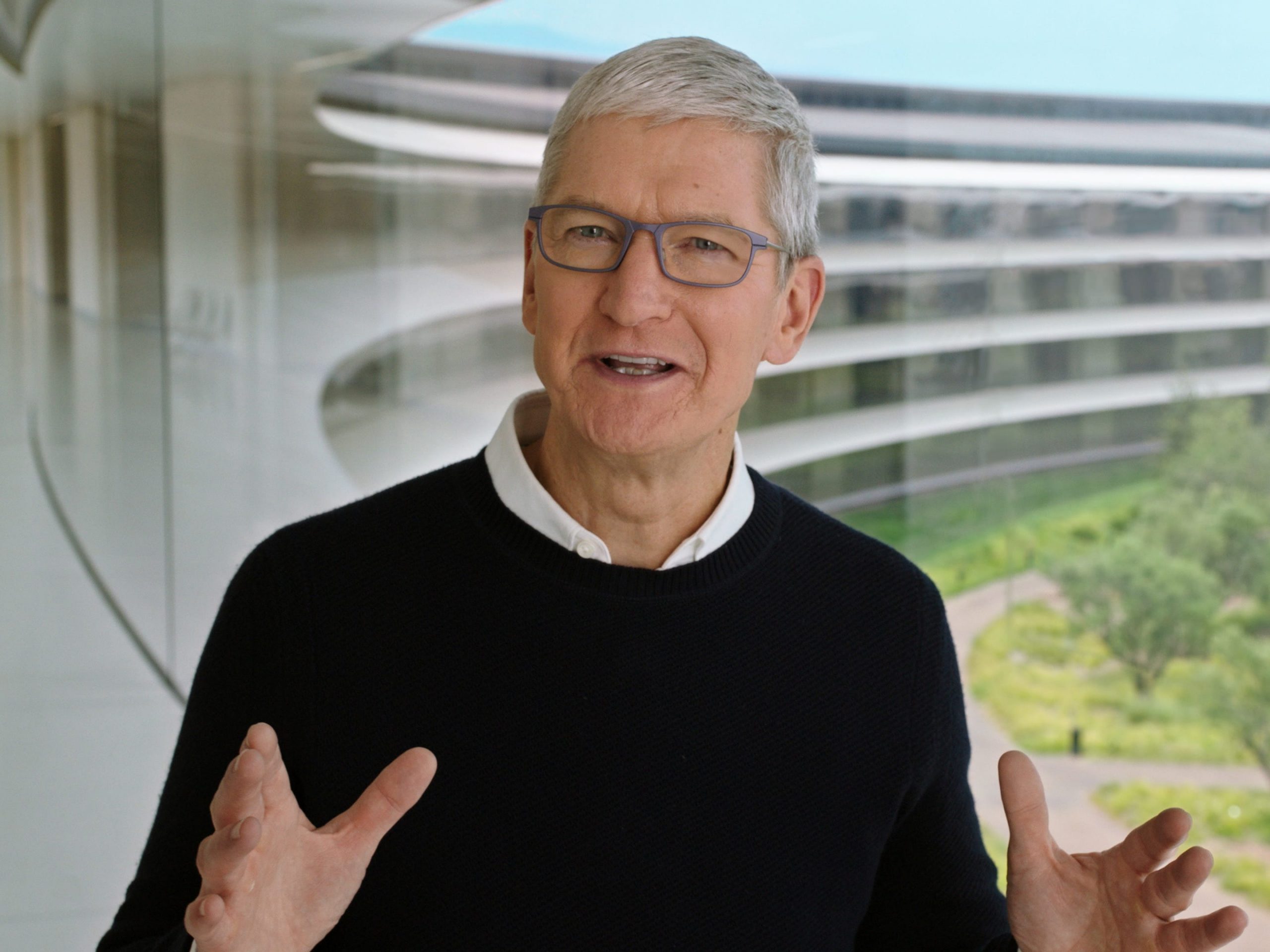
Apple Inc/Handout via REUTERS
- Apple hosted its annual hardware event on Tuesday, and it looked quite different from years past.
- Rather than a two-hour-long spectacle featuring product demos, musical performances, and — most importantly — a new iPhone, Apple hosted a concise, one-hour virtual event.
- But the lack of bells and whistles proved that they may not have been necessary in the first place. Apple unveiled six new products and services, three of which were brand-new, rather than upgrades of past products.
- The new format should serve as a model for future tech reveals, whether or not the coronavirus restricts in-person gatherings.
- Visit Business Insider’s homepage for more stories.
Apple on Tuesday hosted what is typically its most anticipated event on the year: its annual September hardware event where we get our first look at latest iPhone, Apple Watch, and more.
But this year’s event looked nothing like the spectacles of yore — instead of the usual fanfare with celebrity cameos, a cheering audience, and shiny new iPhones, we saw six major product announcements folded into a sleek, one-hour, virtual event. That’s a good thing.
Apple events have become as dependable as the clock over the years. But aside from the fact that this year’s event happened in mid-September, it bore little resemblance to any of the presentations of years past, a result of the coronavirus restricting large, in-person gatherings.
Gone were the hordes of journalists, who typically spend many hours and hundreds of dollars to make the bi-annual pilgrimage to Apple’s campus.
Gone were the opportunities for those in attendance to get an up-close look at Apple’s lastest products, to touch and feel them and get a sense of how they work before hitting Apple Stores.
Gone were the celebrity cameos, like NBA star Andre Iguodala or actor Jon Hamm, or the performances by Sia or Drake. Those star-studded appearances have, in recent years, reinforced Apple's position as a luxury company that has seemed to cater to society's elite.
Gone was the two-hour-plus program that allows for Apple to highlight the most minute details of its products and services with lengthy product demos.
Perhaps the most glaring change: no iPhone, not even a mention of its whereabouts, at an event typically focused on touting its every feature. It seems that not even the iPhone was safe from the third-party effects of the coronavirus, with all signs now pointing to an October reveal and a delayed shipping date.
And yet, despite all of the omissions from Tuesday's event, despite all of the ways in which is was a stripped-down version of the pre-pandemic Apple pageants, it highlighted just how little we needed them in the first place.
By the end of the one-hour event, Apple had unveiled six new products, three of which were brand-new ventures for Apple.
Apple introduced the Apple Watch SE, a more approachable Apple Watch with a starting price of $279, in addition to the new Apple Watch Series 6, which starts at $400.
Then there was Apple Fitness Plus, a new at-home fitness service, which seems poised to take on Peloton.
And for those who rely on many of Apple's services, there's Apple One, a new subscription bundle that allows customers to combine services like Apple Music and Apple TV Plus into one monthly payment.

Apple Inc/Handout via REUTERS
Apple didn't skimp on the presenters, either. Over the course of one hour, CEO Tim Cook handed off to nine other presenters, including two women of color and five women total. While some previous Apple events have seemingly included one white, male presenter after another, this year's event featured a more balanced lineup — and several new faces, like Lori Malm, Apple's director of services, and Sumbul Ahmad Desai, Apple's VP of health.
What Apple has always done best of all is style and marketing, eliciting a feeling that you want to buy Apple products because you want to live the life of the fit, creative, stylish, well-off people featured in its ads and commercials. Its product events have played a role in painting that picture, which would seemingly be heavily impacted by an all-virtual event where the audience is unable to experience the $14,000 chairs at Apple Park's Steve Jobs Theater first-hand.
But in true Apple fashion, the production value of Tuesday's event was creative, energetic, and high-quality — and adhered closely to COVID-19 safety guidelines, according to a scrolling list of the precautions taken by the crew that appeared at the close of the broadcast. Crew members and presenters were masked and socially distanced, the production locations were sanitized, and temperature checks and health screenings were put in place for everyone involved in the production.
The resulting presentation should serve as a model for tech product events of the future, whether or not the in-person gatherings remain restricted. Even if Apple hosts another event in October to unveil the new iPhone lineup — which seems likely — it's still preferable to the typical hourslong parade of gadgets and presenters that has become the hallmark of a tech product reveal. If Apple's end goal is to convince customers to spend $400 on a new Apple Watch or subscribe to more of Apple's services, it's hard to believe that the virtual presentation would have much effect on convincing customers to hit the "buy" button.
While many diehard Apple fans may miss the rapport between Apple executives, the crowd's cheers, Tim Cook announcing "one more thing" around the two-hour mark, and, most importantly the iPhone, Tuesday's presentation proved that perhaps we're doing just fine without them.

